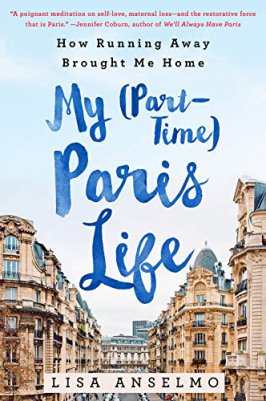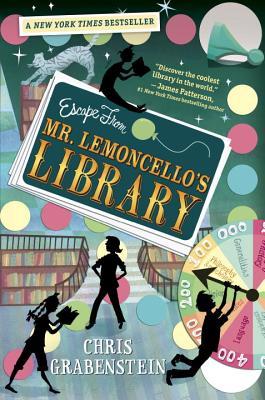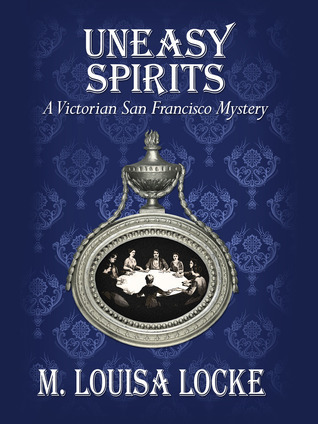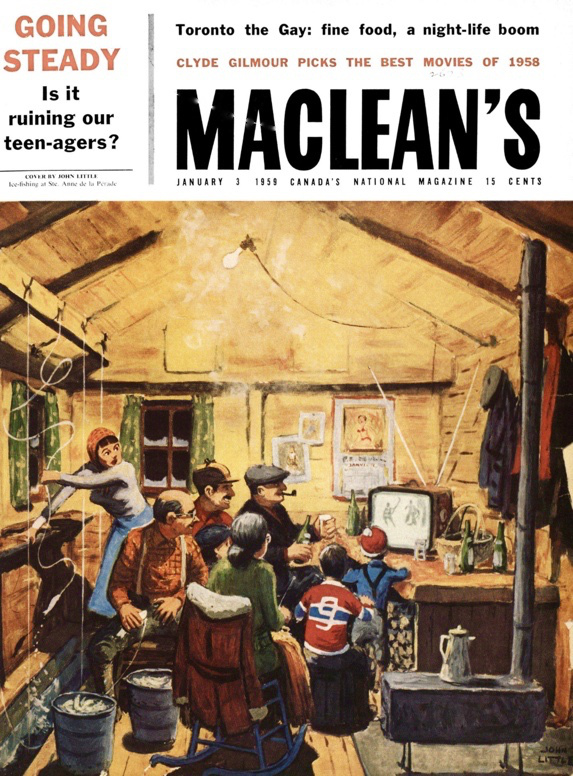For six months, I lived in a little village. It was located in Las Vegas, of all places: a community of techies and entrepreneurs, many of whom lived or worked in my building. I petted their dogs in the elevator, swapped tips with them over email, and nodded hello at the local corner cafe. I attended weekly community dinners and shared someone’s car for grocery trips.
I’ve lived around the world and haven’t found a community quite like it anywhere—but, apparently, I didn’t look hard enough in Paris.
 The Only Street in Paris: Life on the Rue des Martyrs by Elaine Sciolino (W. W. Norton & Company, 2016, 320 pages)
The Only Street in Paris: Life on the Rue des Martyrs by Elaine Sciolino (W. W. Norton & Company, 2016, 320 pages)
In The Only Street in Paris, former New York Times Paris bureau chief Elaine Sciolino spins tales of everyday life on the rue des Martyrs, the half-mile stretch of Paris that has become her home.
“The rue des Martyrs has managed to retain the feel of a small village despite the globalization and gentrification rolling over Paris like a bulldozer without brakes,” she writes. “This street represents what is left of the intimate, human side of Paris.”
Per the Local Urbanism Plan Law, the city puts certain restrictions on the kinds of businesses that can inhabit the rue des Martyrs (and other streets like rue Mouffetard and rue Cler), favoring local artisans over big chains. The rue features nearly 200 shops and restaurants, from cheese and fishmongers to booksellers and clothing stores.
Village life on the rue des Martyrs comes with a code of conduct, explains Sciolino: “Smile and say bonjour to every merchant you pass; stop in for a chat even if you’re not buying; never, ever be rude. This means I cannot be rushed. It can take thirty minutes to walk a few hundred feet.”
But is the rue des Martyrs really the only street in Paris—or (as the French translation claims) the last street where this kind of community can be found? Sciolino thinks so. “I believe the rue des Martyrs is in a class by itself,” she wrote to me.
Others might disagree. For this blogger, it’s the foot of Butte-aux-Cailles in the 13th arrondissement. Other Parisians have spoken up about their perfect streets in response to Sciolino’s book, and rue Jean-Pierre Timbaud and rue Maître Albert sound particularly neighborly.
 My (Part-Time) Paris Life: How Running Away Brought Me Home by Lisa Anselmo (Thomas Dunne Books, 2016, 253 pages)
My (Part-Time) Paris Life: How Running Away Brought Me Home by Lisa Anselmo (Thomas Dunne Books, 2016, 253 pages)
Lisa Anselmo, the American author of My Part-Time Paris Life, found her community in an unremarkable part of the 11th arrondissement:
“Here in No-Man’s-Land, a little village still existed, untouched by developers, and time. The last patch of real Paris. It wasn’t clear how long it would last, but it was unmistakeable that No-Man’s-Land was a gem. Here was somewhere a person could really live, get to know the neighbors, and lay down roots. I could have a quality of life in this neighborhood that I didn’t even have in New York: something intimate and personal,” she writes.
A massive leak in her apartment forces her out for the summer, into a rental on the Ile de la Cité. There, in touristy central Paris, nobody recognizes her even after she frequents the same cafe daily for weeks. When she returns to her neighborhood and installs herself at a local cafe with a friend, she realizes how warm the community is:
“A man who I’d seen here once or twice nodded hello to us as he entered the cafe. The owner greeted him. The waitress hailed someone passing by, chatted with him for a few minutes, shared a laugh. They kissed each other on both cheeks before he continued on his way, baguette under his arm, heading home for dinner,” she observes. “How friendly and easy this neighborhood was. I‘d forgotten. Or maybe I didn’t realize just how friendly it was until I’d lived somewhere that wasn’t a tight-knit village like this. We weren’t strangers; we were neighbors bonded by our district. Unpretentious, warm, and genuine—this was home.”
In these two books, two Americans weave their way into French quotidian life, a feat that seems both impressive and enviable. How did they do it?
Anselmo offers few details—that isn’t exactly the focus of her memoir—but Sciolino is more forthcoming. She engages in “random acts of meddling,” she says. Seemingly outgoing, she is constantly asking her neighbors for advice (like what to do about mice) or asking to join their clubs (like the volunteer association for preserving a famous crypt). She gives gifts, from American books to chocolate and white asparagus; she shops at all their stores. She takes a private cheese lesson from the cheesemonger and invites the antiques dealer over for Passover. Eventually, the locals begin to open up, to give her gifts back, to offer discounts and special deals.
“It is the tenancy of the small, traditional merchants and artisans that keeps the character of the street intact,” she writes. “Now they know me, and I know them.”
All this takes patience and time, something tourists do not have, of course. As a visitor to Paris these days, all I can hope to do is to stroll down the rue des Martyrs—to glimpse that warm and vibrant community from the outside, to sense a hint of a feeling I once knew.
Advertisements Share this:




